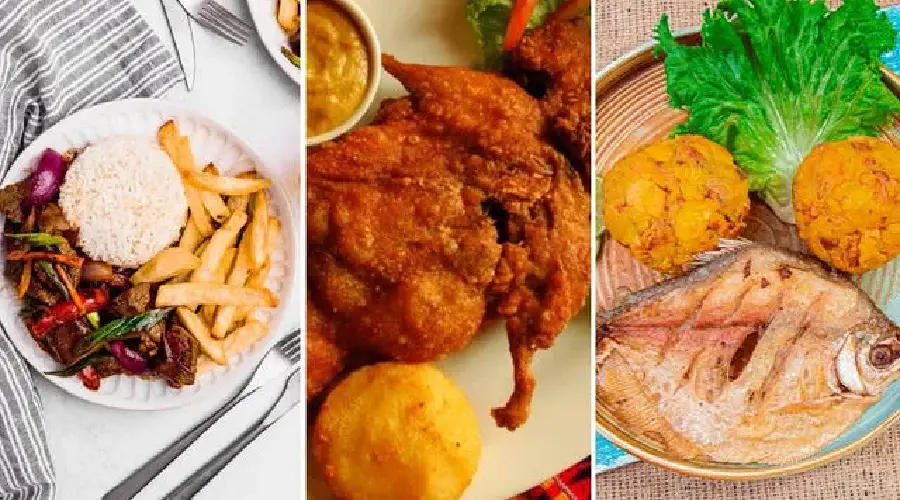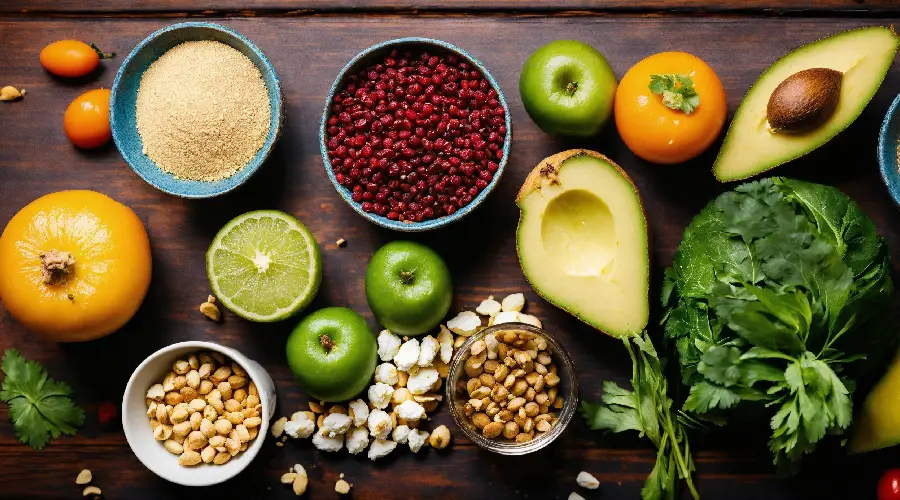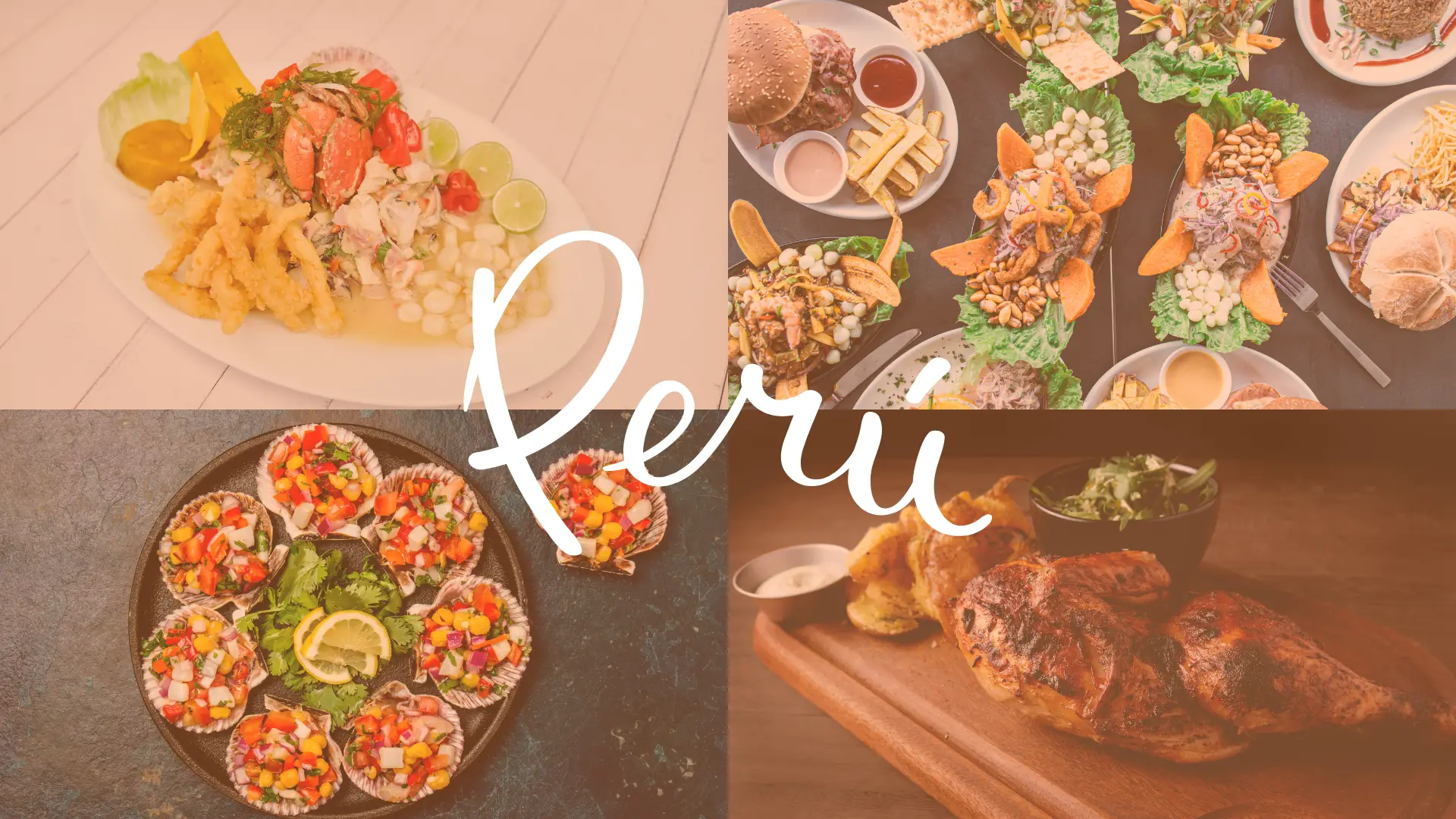Peru is globally renowned for its diverse and rich gastronomy, a fusion of traditional flavors and international influences. Embarking on a gastronomic tour is an experience that delights the palate and connects you with the country’s culture. From fresh ceviches on the coast to ancestral stews in the Andes and exotic flavors from the Amazon, each region offers a unique culinary adventure.
These tours include visits to local markets, cooking workshops, and tastings at iconic restaurants, ensuring a complete immersion into Peruvian culinary traditions. Discover the secrets of Peruvian cuisine here ➔
Why Go on a Gastronomic Tour in Peru?
Peruvian cuisine has been repeatedly awarded as one of the best in the world. Participating in a Lima food tour allows you to not only try iconic dishes, such as lomo saltado and causa Limaña, but also learn about the history and culture behind each recipe. If you decide to take a Cusco food tour, you will discover the richness of Andean cuisine, from pachamanca to rocoto stuffed. Plus, tours are a great way to explore the country while immersing yourself in its cultural and culinary diversity.
Regions and Culinary Specialties
Peru is divided into three main regions: coast, highlands, and jungle, each with its own culinary identity.
Coast: Maritime Tradition and Fresh Flavors
Peru’s coast is known for its maritime influence and the variety of fish and seafood found in the Pacific Ocean. Its signature dish, ceviche, combines fresh fish marinated in lime juice with chili, onion, and spices, reflecting the freshness and simplicity of its ingredients. Other dishes like anticuchos, made from seasoned and grilled beef heart, and tacu tacu, a delightful fried rice and bean dish, showcase the richness of its cuisine, with African and Creole influences.
Highlands: Andean Heritage and Connection to the Land
The Peruvian highlands are the heart of ancestral culinary traditions, marked by a connection to the land and the use of ancient techniques. Pachamanca, a feast cooked underground with hot stones, includes meat, potatoes, sweet potatoes, and corn, all seasoned with aromatic herbs. Rocoto relleno, from Arequipa, combines the spiciness of rocoto chili with a filling of meat and spices. Trout, raised in the lakes and rivers of the Andes, is a delicacy prepared in various ways, from fried to grilled.
Jungle: Exotic Flavors and Biodiversity
The Peruvian jungle is a paradise of exotic flavors, showcasing unique ingredients and traditional techniques. Juane, made with rice, meat, egg, and spices, wrapped in bijao leaves, is a typical dish for San Juan celebrations. Tacacho con cecina, which combines roasted and mashed green plantains with dried pork, is another example of how native ingredients transform into local delights. Paiche, one of the largest freshwater fish in the world, is prepared in stews, grilled, or smoked.

How to Organize a Tour
Step 1
Research the regions you want to visit and the typical dishes they offer. For example, on the coast, ceviche and anticuchos; in the highlands, pachamanca and rocoto relleno; and in the jungle, juane and tacacho con cecina. Look for reviews of tour operators specializing in culinary experiences to ensure quality and authenticity.
Step 2
Plan your transfers and activities. Book visits to renowned restaurants, such as those ranked among Peru’s best, in advance. Organize interactive experiences, like cooking classes or tours of traditional markets in cities like Cusco or Lima.
Step 3
Actively participate in every tour activity. Learn to prepare traditional recipes like pisco sour or lomo saltado, talk to local chefs about their techniques and traditions, and savor the unique flavors each region has to offer.
Best Seasons to Enjoy
Peruvian gastronomy can be enjoyed year-round, but the best seasons align with culinary festivals and harvests. For example, summer is ideal for fresh ceviches, while the highlands offer their best stews during winter months. Additionally, events like Mistura in Lima are perfect for sampling a variety of dishes in one place.
Authentic Ingredients
Peruvian cuisine stands out for its authentic ingredients like quinoa, ají amarillo, native potatoes, and purple corn. These products not only add flavor but also connect you with the country’s cultural heritage. Discovering how they are grown and prepared is an essential part of the tour.

Tradition and Culture in Peruvian Gastronomy
Peruvian gastronomy is a living expression of its history. Each dish tells a story of fusion between cultures, from pre-Hispanic techniques to the influence of Spanish, African, Chinese, and Japanese immigrants. Participating in a gastronomic tour is a way to immerse yourself in this rich tradition and discover the essence of Peru through its flavors.



 Tour Laguna HumantayAguas turquesas
Tour Laguna HumantayAguas turquesas Montaña de Colores Espectáculo cromático
Montaña de Colores Espectáculo cromático Tour TambopataCultural auténtico
Tour TambopataCultural auténtico Tour Patacancha VivencialExperiencia única
Tour Patacancha VivencialExperiencia única Tour viñedos de IcaCata de Vinos
Tour viñedos de IcaCata de Vinos